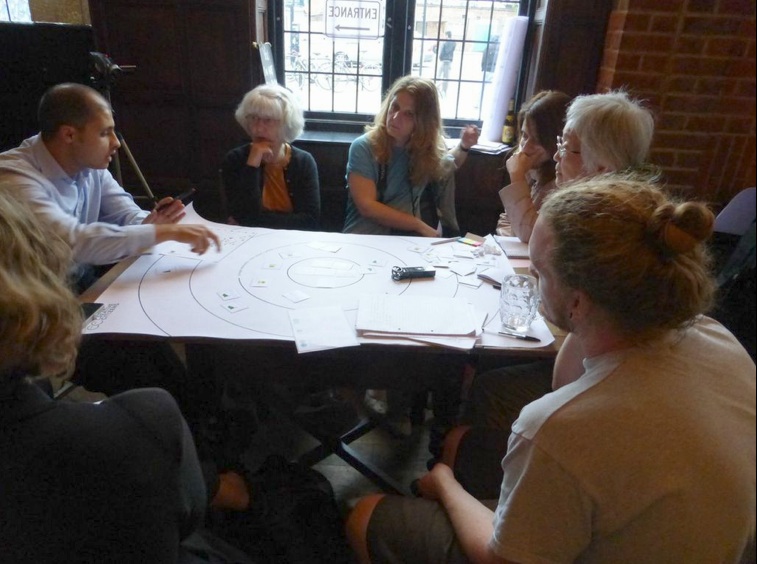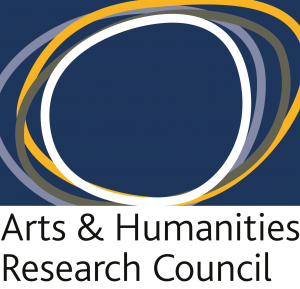Context

Asset mapping workshop with WCC – June 2014.
Asset based community development (ABCD) is a powerful approach being used with a diverse network of communities and community organizations across the Connected Communities programme to help uncover and utilize their hidden potential, their tangible resources (such as spaces, services and infrastructures) and intangible qualities (such as creative talents, skills, knowledge, social and emotional capital). ABCD is based on the premise that community groups will be better equipped to develop their projects if they can identify and mobilise assets they already have (which often are unrecognised) helping to bring people together, and build upon existing capabilities (Mathie and Cunningham 2002, McKnight and Kretzmann 1996).
ABCD, therefore, has been used as a community engagement and co-design tool seeking to enable groups to communicate stories, concerns and achievements but also to generate a shared vision and identify areas for development (personal, economic, environmental, cultural and social). Approaches to asset mapping use a combination of interviewing and group discussion methods with creative hands-on techniques to help articulate and visualize assets. These range from the use of props, cartography, photographs and videos, visual narratives and storytelling, to games, digital media and performances. Such approaches aim to trigger creative responses as well as creatively document, visualize and enable critical discussion, which could potentially improve the contexts that affect the lives of communities.
Asset mapping, however, has also been used as a research method, in participatory action research contexts, as a way for eliciting and recording peoples’ values, cultural associations and perceptions of value; as well as a way for unearthing social capital and the relationships of people with places, services, environments, through media networks and with each other (Jupp, 2012; Martin et al., 2007; Semenza and Krishnasamy, 2007; Gibson-Graham 2003, 2006; Wang, 1999). The question here is to explore the creation of ‘community economies’ through an understanding of people as “subjects with economic capacities, who enact and create a diverse economy through daily practices both habitual (and thus unconscious) and consciously intentional” (Gibson-Graham, 2003: 65).
Further reading
Gibson-Graham, J. K. (2003) ‘An ethics of the local’. Rethinking Marxism, 15(1),: 49–73.
Jupp, E. (2012) ‘Rethinking Local Activism: Cultivating the capacities of neighbourhood organizing’, Urban Studies. 49(14): 3027-3044.
Martin, D., Hanson, S. and Fontaine, D. (2007) ‘What counts as activism? The role of individuals in creating change’, Women’s Studies Quarterly, 35, pp. 78–94.
Mathie, A. and Cunningham, G. (2002) ‘From clients to citizens: Asset-based community development as a strategy for community-driven development’, The Coady International Institute, St. Francis Xavier University. [http://www.coady.stfx.ca/resources/publications/publications_occasional_citizens.html]
McKnight, J. and Kretzmann, J. (1996) ‘Mapping community capacity’, Institute for Policy Research, Northwestern University.
Semenza, J. and Krishnasamy, P. (2007) ‘Design of a Health-Promoting Neighborhood Intervention’
Health Promot Pract. 8(243): 243-256.











